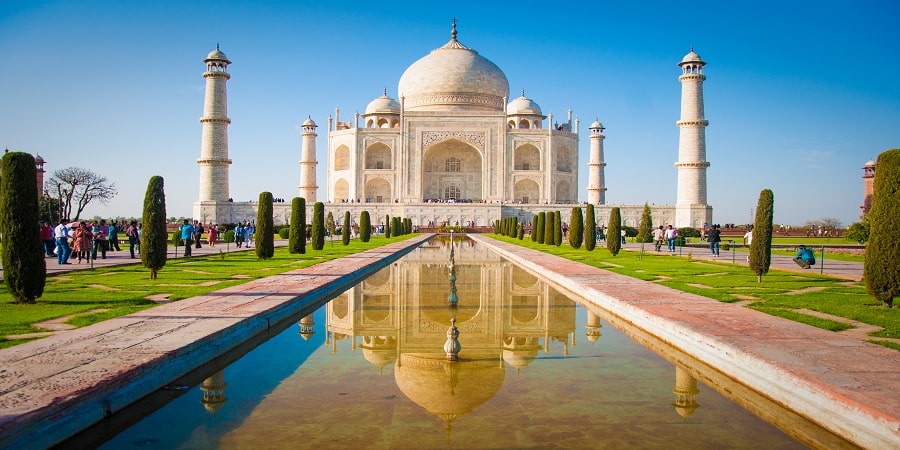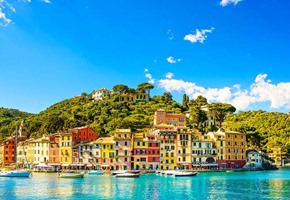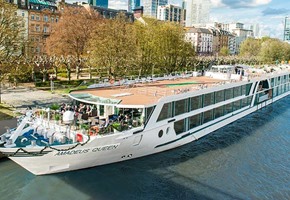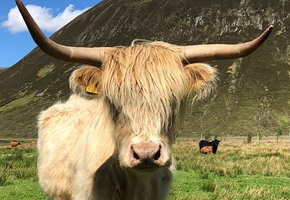70 years ago, on the 15th of August 1947 India became the country that we know and love today. Following the departure of the British after nearly 200 years of what is known as the 'British Raj' (or 'British Rule'), India suffered a period of turmoil, with Pakistan off from India, but it has since risen to become one of the main superpowers of the modern world.
To celebrate this vibrant country, this post explores everything that makes India so wonderful - from its beautiful buildings to its wondrous wildlife, and from its incredible entertainment to its inspiring people.
The Buildings
There are few places in the world that one can find ancient buildings so excellently preserved than in India. Take, for instance, Fatehpur Sikri, a UNESCO World Heritage site that was built in 1569 - and then abandoned not long after when the water supply ran out - and is still perfectly preserved today. The exquisite white marble façade of the Taj Mahal is, of course, a sight everyone should see at some point in their life, and the Palace of the Winds is an opulent peek into its regal past.
However, to get a real glimpse of the marvellous chaos of Indian life, one most only visit a bazaar. The bazaars are usually housed in market halls, and are filled with the exotic scents of a myriad of spices, the sights of a thousand colours of the beautiful and intricate fabrics, and the plethora of sounds, as local people come from all over to sell their wares.
The Wildlife
As the setting for Rudyard Kipling's 'The Jungle Book', it should come as no surprise that India has some of the most varied and spectacular wildlife in the world - as well as some of the most magnificent places for those wild creatures to reside. Most famous of all these is of course the Indian Elephant. With smaller ears and larger tusks than its African counterpart, these creatures are often used in times of celebration in India, decorated in red and gold, and used to parade through the streets. In years gone by, the Elephants were used as transport - something that you can still do today, but probably for a shorter distance.
India is also the only place in the world where one can spy a Bengal Tiger, stunning creatures that were hunted to near extinction not so long ago. If lions are anachronistically the king of the jungle, the tiger is certainly the heir to the throne, with their regal golden eyes looking out from iconic orange and black striped features. Conservation efforts in India of recent times have meant that these magnificent beasts have been pulled back from the brink, but work is still heroically continuing to restore the big cats to their full potential.
The Entertainment
How can one mention India without Bollywood? Originally started in the early 1900s, this powerhouse of cinema has entertained people for over 100 years, competing with the more western 'Hollywood' from which it gets its name. In the 70's, it became more popular throughout the world, and is now known for opulent dance numbers that appear in most every film (no matter the genre). There can be no question that a Bollywood film is destined to be entertaining, enthralling, and an explosion of colour to delight people from every nation.
These dance numbers, of course, do have their roots in the more traditional side of India. Dancing in India started as a way of Hindu worship, and is performed by richly garbed men and women who move acrobatically to the atmospheric twangs of a sitar. Each region in India has their own traditional method of dancing, but retain similarities in their dress, their style of story-telling, and the instruments they use.
The People
Finally, we get on to the people of India. Because there are now over 1 billion people living in this mega-country, it would be prudent to perhaps focus on one, and that one is he who helped facilitate Indian independence, Mohandas Ghandi. Known worldwide as 'Mahatma' (meaning 'Great Soul') Ghandi, he is often called the 'Father of India' thanks to his tireless efforts to aid India in its fight for freedom.
A well-educated and spiritual man, his trade was originally a lawyer with a degree from University College London. However, he strongly disagreed with British rule in India, and so dedicated his life to peaceful protests, hunger strikes, and marches, to unite the people of India in a common goal. Ghandi lived to see his beloved India gain independence, but was assassinated in 1948. He remains an inspiration for campaigners for change around the world today, and continues to be revered by the 1.3 billion people who call modern-day India home.






